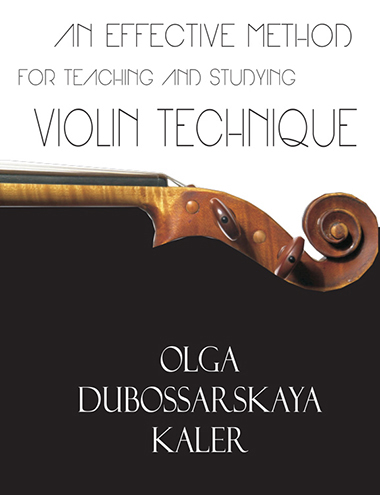
Availability: In Stock/Ready to Ship.
Suggested retail price shown above.
For discounted Bookstore or School District bulk orders: Contact Us
The idea for this book came to me in anticipation of a String Pedagogy course I was preparing to teach at DePaul University School of Music. If taken seriously, pedagogy is easily one of the most important subjects offered in American conservatories. Sadly, there are no textbooks written for it. This book is the result of much thought, compiled from all I learned on the subject through its 300- year-old written legacy, from my teachers, my students and my children. While it is impossible to teach a person how to teach in the course of a few short months, it is possible to open up a world of possibilities for the students and hopefully point them in the right direction — one that will lead them to discovering their own unique wisdom.
There are as many violinists as there are opinions as to what should be the ideal setup for producing the best performance results. Instruments come in standard sizes but violinists themselves do not. To be successful, teachers need to have a thorough understanding of anatomy, the workings of various muscle groups, and the physical mechanisms that are involved in arm and hand movement.
The sole purpose of this work is to help new teachers identify the reason behind any seemingly complex problem. Only then can they provide a correct "diagnosis" and prescribe the correct "medicine." By understanding the mechanics of the movements that allow violinists to become well-adjusted to the instrument, teachers will be able to provide a positive and constructive critique that will help improve the relationship between the student and the instrument and help both teacher and student move towards their goals. It will help teachers learn to formulate their thoughts in a way that would omit any personal and discouraging comments, and, rather than stating the obvious symptoms of problems, see the sources of these problems and create a detailed plan of how to address them. Each technique is examined here in its most basic form, with new elements scaffolded in order of difficulty. When studied carefully, these exercises should provide a solid foundation for more advanced development.